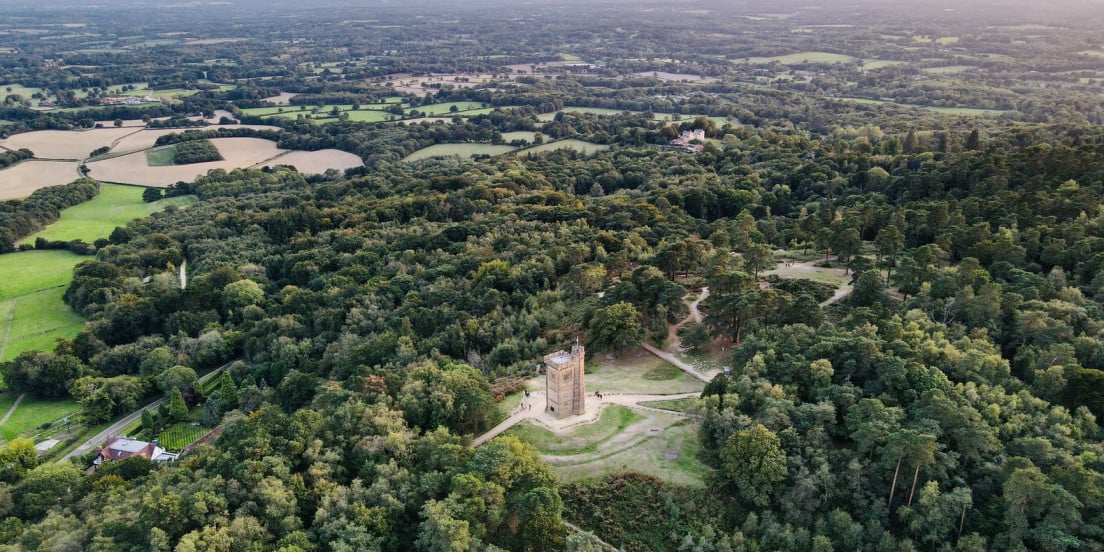Explore the history of Cranleigh
23 November 2021
Posted under: Hobbies & interests

Our wonderful Cranleigh Coves community is lucky enough to call the historic county of Surrey its home. In our latest blog, we look at the fascinating history belonging to this corner of South-East England and explore a few of the better-known sites of architectural and historical importance.
The historic county of Surrey
Over the years the boundary surrounding the county of Surrey has changed many times. In fact, throughout the 19th and 20th century, the border of Surrey was known to have been stretched as far as Wandsworth, London next to the River Thames. Today the boundary line is set just below Kingston, crowning Surrey as England's most wooded county and home to the rolling hills and valleys, as well as some of the best gardens in Britain. Most famously, the Surrey Hills Area of Outstanding Natural Beauty covers a quarter of Surrey, perfect for a multitude of outdoor activities.
According to Visit Surrey, there are still visible traces remaining of the ancient inhabitants of Surrey which can be visited even today. Two fine Bronze Age “barrows” or burial mounds are located at Horsell Common in Woking and there are even the remains of Iron Age hillforts at Hascombe Hill, Chertsey, and St George’s Hill in Weybridge. If you are keen to explore these ancient sites up close then we would recommend visiting the hill fort at Holmbury Hill, where you can discover the site of an Iron Age Camp and take in some stunning views of the surrounding countryside at the same time.
A brief history of Cranleigh
Over the years it has been debated whether Cranleigh is the largest village in England, however for local residents and our homeowners living in Cranleigh Coves it perfectly combines village life with the advantages of small-town living. Set in the Surrey Hills Area of Outstanding Beauty, Cranleigh is the ideal home for culture seekers who can enjoy The Cranleigh Arts Centre's programme of live music, theatre, film screenings, exhibitions and workshops.
Today, the oldest remaining building in the village is the St Nicholas Church which was built around 1170. When the Norman knights came to England with William the Conqueror, they were provided with land from which they could receive a tenth of all the crops produced by tenant farmers, in exchange for providing a centre for Christian worship. In Cranleigh’s case that was St Nicolas church, which has been added to over the years and is found in the centre of the village.
In more recent times, Cranleigh was opened up to commuters from far and wide in 1865 when the railway link between London and the South Coast was installed. This provided a huge economic boost to the area and helped to increase the population as commuters to the larger towns sought houses and gardens in pleasant surroundings with reasonable travelling distances.
If you are looking for a peaceful lifestyle set in the surroundings of historic Surrey for your next chapter, then take a look at our homes available at Renaissance Cranleigh Coves. To make an enquiry, contact our team today by calling 01483319034 or email [email protected]
